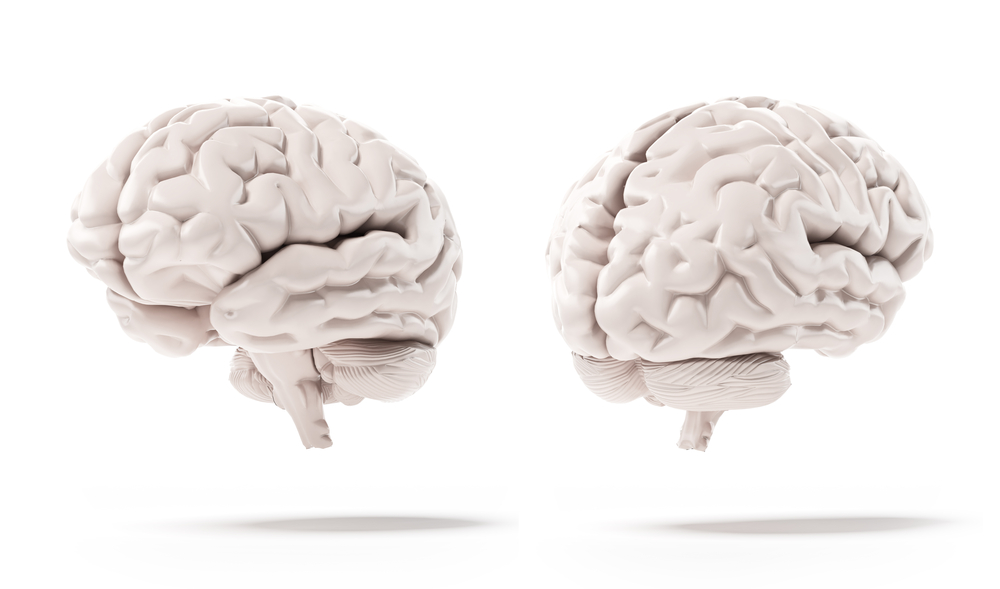Lower Oxygen in Brain’s Gray Matter Linked to More Impairment in Mouse Study
Written by |

The less oxygen that a mouse with multiple sclerosis (MS) has in the gray matter of its brain, the more mental and physical deterioration it is likely to have, a new study suggests.
The study confirms previous research indicating a connection between low oxygen levels in a mouse’s gray matter and the development of MS. Published in the journal Plos One, the study is titled, “Gray Matter Hypoxia in the Brain of the Experimental Autoimmune Encephalomyelitis Model of Multiple Sclerosis.”
These findings also offer additional evidence that MS can affect not only white matter, where the brain’s myelin-covered nerve fibers are located, but also gray matter. Many scientists once thought that MS affected only white matter.
Previous indications that MS affects the brain’s gray matter of humans include:
• Gray matter deteriorates more in MS patients than in non-patients.
• Gray-matter deterioration accelerates as MS progresses, while white-matter deterioration remains the same.
• As gray matter deteriorates, a patient’s mental and physical capabilities deteriorate.
In addition to humans, gray-matter deterioration has been observed in a laboratory mouse model of MS, called experimental autoimmune encephalomyelitis (EAE).
In previous studies, scientists also discovered that lower oxygen levels in gray matter in mice correlated with a reduction in gray-matter volume and a deterioration in mental function. The low oxygen condition, known as hypoxia, has also been linked to brain inflammation. Some research suggested it was indirect evidence of inflammation, while other research suggested it moderated inflammation.
In the latest study, researchers placed oxygen pressure sensors in the gray matter of EAE mice to measure hypoxia. The sensors were embedded in two regions – the cerebellum and cortical cortex.
Mice were then stimulated to induce an immune response to myelin, the material that covers nerve fibers and is attacked in MS.
Team members measured oxygen levels at the start of the study and up to 36 days later. They also measured oxygen levels of a control group of mice without MS.
Researchers found that although hypoxia levels in EAE mice varied, it was present in 87% of them, compared with the control group.
One of the team’s conclusions was that mice with MS are likely to have significant levels of hypoxia in their gray matter. Another was that the higher the hypoxia, the greater impairment a mouse was likely to have.





